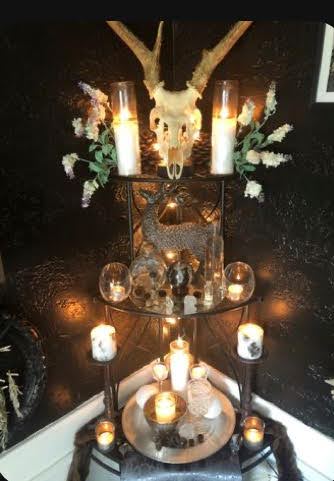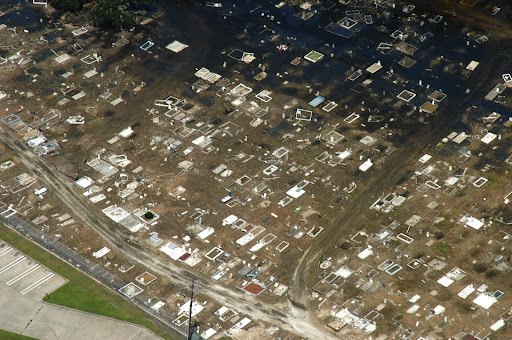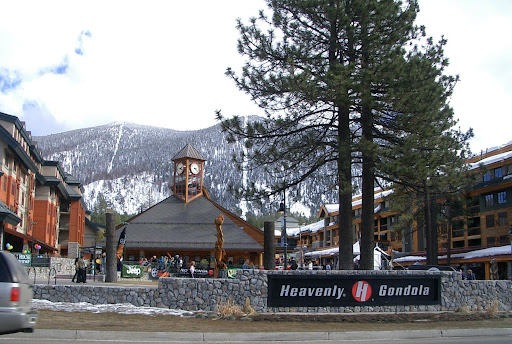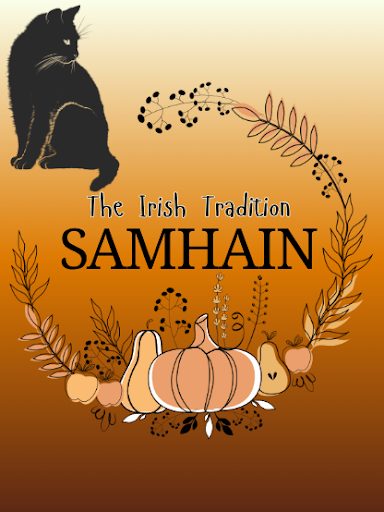Saint Brgid’s Day, commonly known as Imbolc or Imbolg, traditionally falls on Feb. 1, about halfway between the Winter Solstice (Yule) and the Spring Equinox (Ostara). The Gaelic traditional festival marks the beginning of spring. For Christians, it is the feast day for Saint Brigid, Ireland’s patroness saint. As the days grow longer, Imbolc honors the awakening of the Earth and the return of life, light, and warmth.
The word “Imbolc” derives from the old Irish word meaning “in the belly”, promising new life within the Earth and marking the onset of fertility and abundance. Imbolc is closely associated with Brigid, the Celtic goddess of fire, poetry, healing, and smithcraft. As a keeper of the sacred flame, Brigid embodies inspiration, protection, and transformation; making Imbolc a wonderful time for creativity, divination, and spiritual renewal. Some traditions recognize Jan. 31 as Imbolc Eve, a night of preparation, reflection, and welcoming Brigid’s presence.
Imbolc occurs when the sun travels to Aquarius, a sign associated with innovation and forward-thinking energy. This makes Imbolc the best time for planning, dreaming, and setting long-term goals. Capricorn’s energy from Yule moves into Aquarius’ visionary spark, encouraging those to prepare for the future while staying connected to community and growth.
Imbolc is a period of cleansing and purification, both physically and spiritually. Some great ways to honor the energy of the season are spring cleaning, decluttering your home and altar, and clearing away any stagnant energy. Ritual baths use herbs like rosemary, lavender, and sage to cleanse and refresh spirits. Candle rituals use white candles for purity, green for new life, blue for protection, and gold for fire. You can also use red to symbolize Brigid’s flame and to invite inspiration and renewal.
A Brigid’s Cross is one of the most iconic symbols of Imbolc. Usually made from reeds or straw, they can be a meditative and spiritually fulfilling experience. Hanging it near the entrance to your home will protect it and invite positive energy. There are several step-by-step videos on how to make a Brigid’s Cross, here’s an easy video: Step-by-step
Some good symbols and other items to add to your Imbolc altar are red and white candles, symbolizing light, fire, and renewal. Spring flowers like snowdrops and crocuses are fantastic symbols, as well as seeds, representing growth and potential. Putting Brigid’s sacred items (a flaming spear, healing well, poetry scrolls) is optional but highly recommended for Imbolc, as well as bread offerings, milk, or honey. In alignment with this season, eating dairy products and seeds is a good way to celebrate. Foods like bread, cakes, and others are traditional choices because they represent the goddess Brigid.
As the winter ends and the Earth stirs, Imbolc reminds us that change is possible. May this sacred time awaken inspiration, illuminate new paths, and ignite fires of transformation. Blessed Imbolc!









